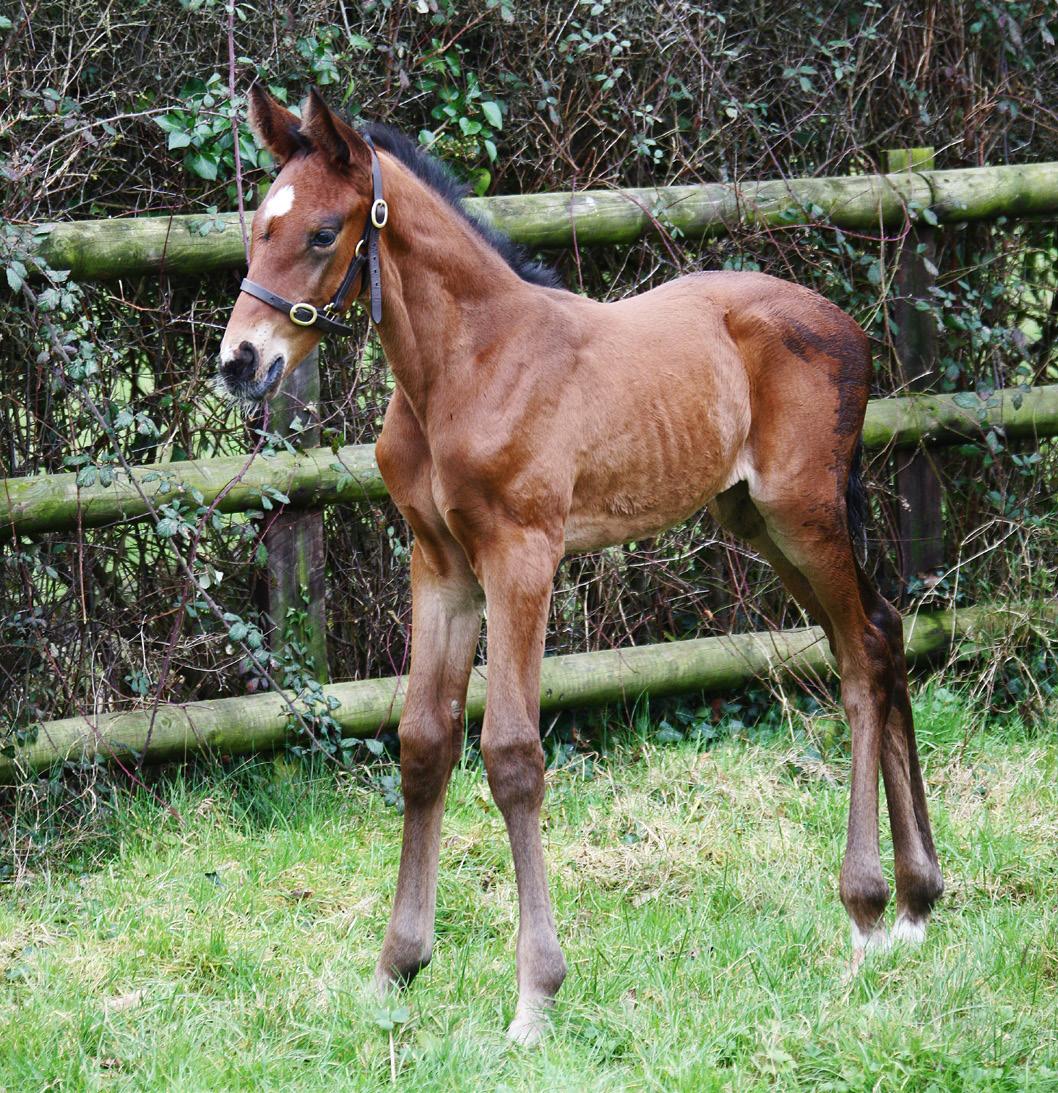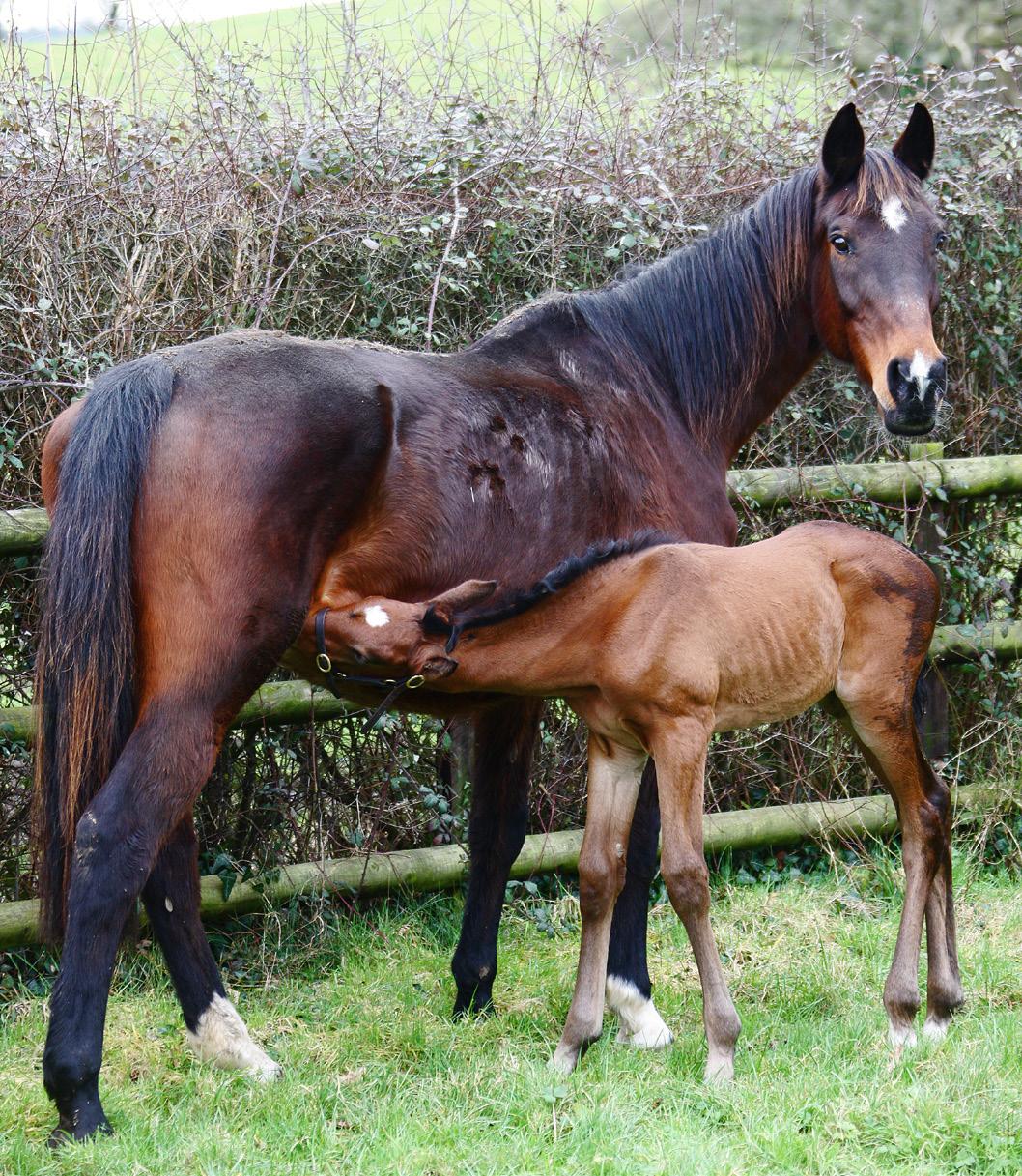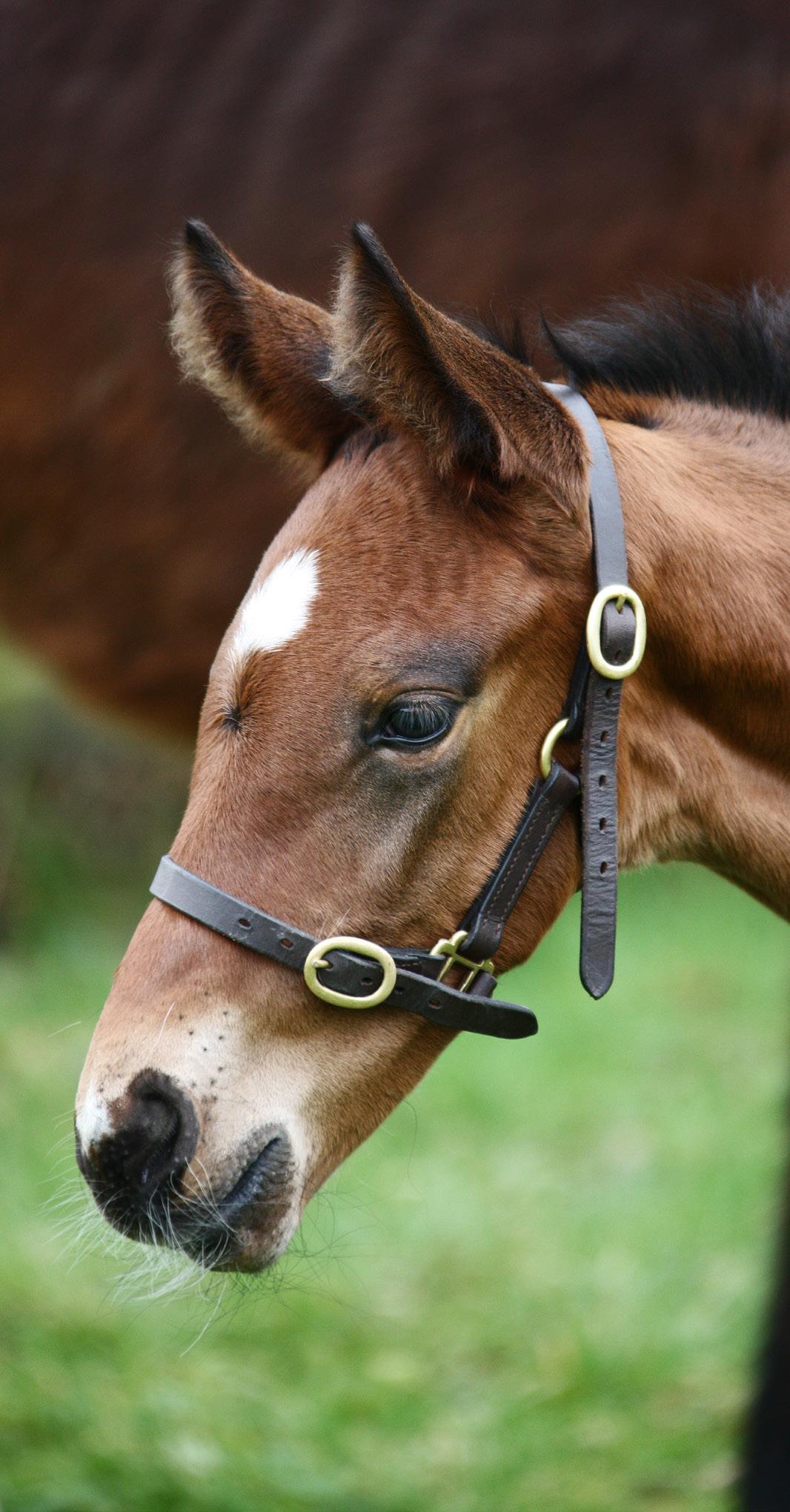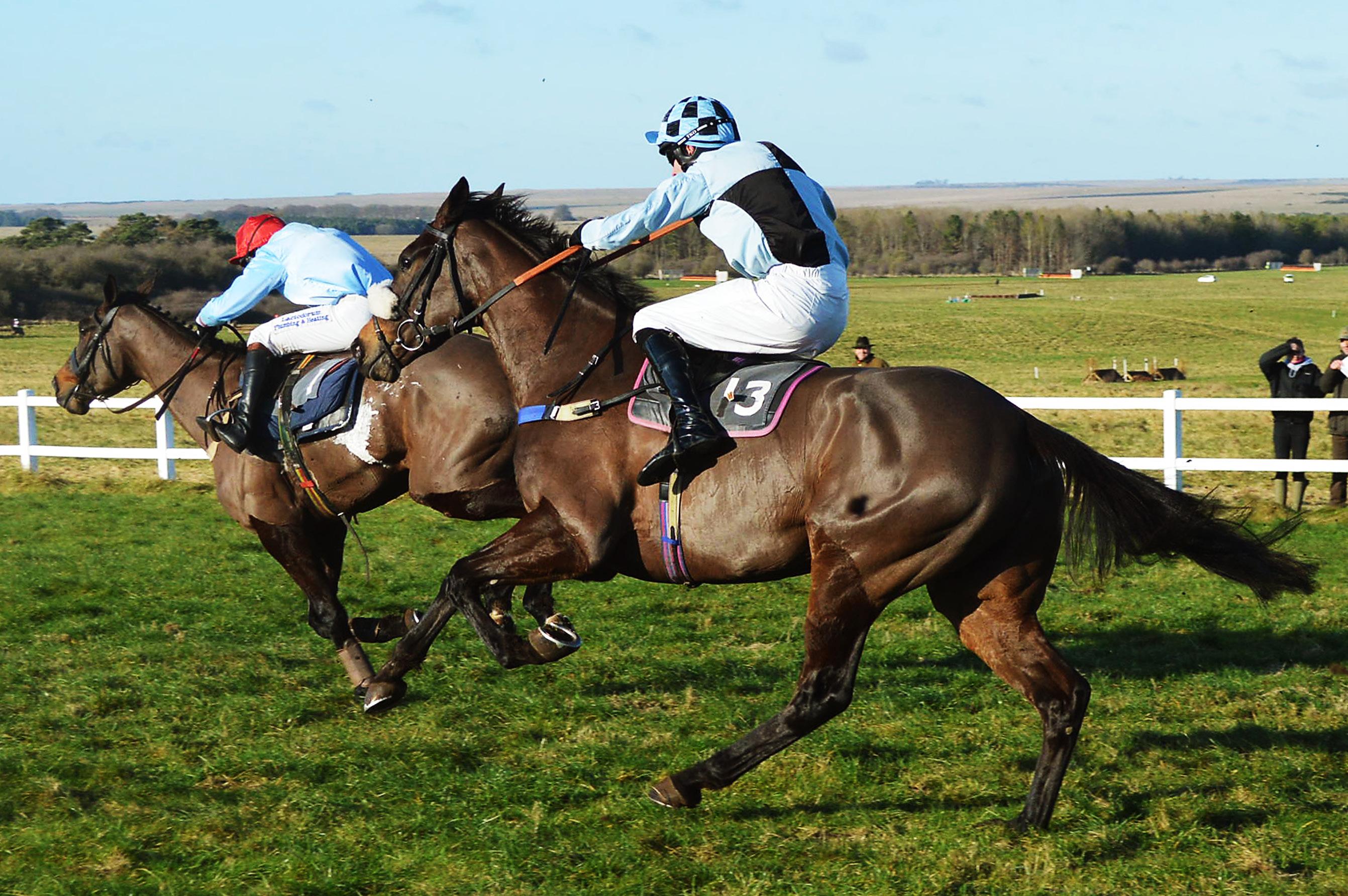
3 minute read
60 Wildlife
EQUESTRIAN we were offered a mare that was due to be weaned from her own foal, so was still producing milk, and the owners were confident that the mare was a good mother. Once the mare had settled in a large stable at the stud, our vet attended and injected the mare with Prostaglandin (PG), commonly used in foal fostering to help induce maternal behaviour and increase the chance of the mare accepting the foal. A side effect of PG is to induce sweating and we wiped the mare’s sweat over the foal to help the foal smell like the dam and improve the chance of her accepting the foal. The vet also gave her Oxytocin to let her milk down. We then brought the foal into the stable and into a feeding position alongside the mare, encouraging the foal to find the mare’s teats. The mare quickly accepted the foal suckling and gradually we moved away and within 1½ hrs of starting the process, we had left the mare alone with the foal, just keeping watch on the cameras. As the mare wasn’t producing quite enough milk, we started her on Domperidone - a drug that helps build up milk production - and we increased the quality and quantity of her feed. While her milk increases, we are still supplementing the foal with a few bottle feeds, but the foal much prefers drinking from mum and her bottle feeds are reducing. A week later and the mare and foal are happy together. If the foal wanders too far away, there is a low whickering from the mare and the foal quickly responds and moves back to her new mum. It is a pleasure to watch them together and marvel at the natural maternal instinct.


Energumene (Tommie O’Brien) has work to do as he sets off up the run-in on his pointing debut at Larkhill, but he soon reeled in the leader, Ain’t No Limits. Image Carl Evans
Young horses are giving point-topointing a new edge

Buyers are starting to look for young horses with promise rather than current winners, says Carl Evans for Great British Racing International
An exciting new development within the sport of point-topointing involves the buying and selling of young horses. Many yards across Britain now house horses who have been bought as ‘stores’, generally at the age of three, who are then raced in point-to-points at the age of four or five as a way of advertising their ability before they are offered at public auction.This follows a pattern which has become established in Ireland. In the past, such horses, especially those destined for point-to-pointing, were often left unbroken until they were five or six. A spin off from this youthful policy of running younger horses in points - and then selling them to continue their careers in hurdle race and steeplechases - has been a steady rise in the number of exBritish point-topointers winning races under Rules at mainstream racecourses. Among British winners at last season’s Cheltenham Festival was Sky Pirate, trained in Gloucestershire by Jonjo O’Neill. Sky Pirate, who had been bought for €34,000 as an unbroken three-year-old, made his racing debut in a pointto-point at Larkhill near Salisbury and was then sold to O’Neill for €150,000. Two of the best chasers on either side of the Irish Sea began their careers in British point-to-points. Ahoy Senor won a pointto-point at Kimble in Buckinghamshire in November 2020 for Shropshire trainer Mel Rowley, and was then bought by Scottish Borders’ trainer Lucinda Russell for £50,000. She trained him to win a Grade One novices’ hurdle at last year’s Aintree Grand National meeting and he is a leading contender for novice chase










